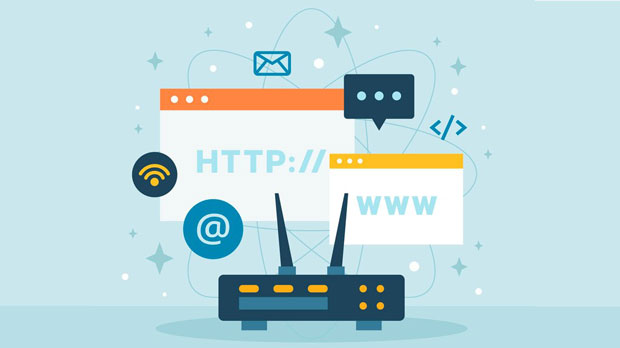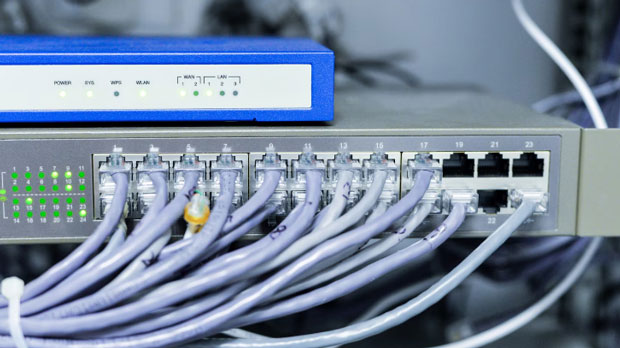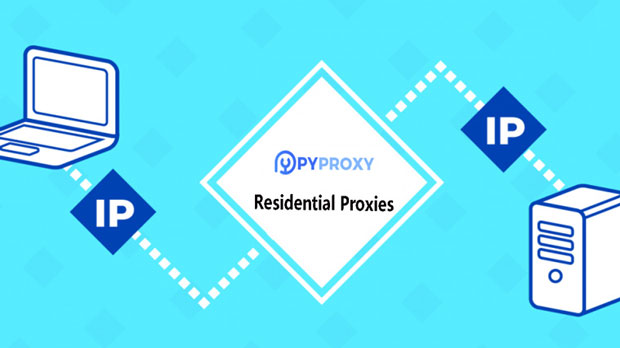IPv6 residential proxies are becoming increasingly popular, with several advantages over IPv4 residential proxies. While IPv4 has been the standard for internet connectivity for years, the rise of IPv6 brings a new wave of opportunities. IPv6 residential proxies offer more efficient and secure options for businesses and individuals who rely on proxy services. These proxies allow users to bypass geographical restrictions, improve online privacy, and access data in a more scalable and future-proof way. In this article, we will delve deeper into the key advantages of IPv6 residential proxies compared to IPv4 residential proxies. 1. Larger Address SpaceOne of the most significant advantages of IPv6 over IPv4 is the vastly larger address space. IPv4 provides about 4.3 billion unique addresses, which, although large, have become insufficient due to the ever-growing number of connected devices. In contrast, IPv6 offers 340 undecillion unique IP addresses (3.4×10^38), which is more than enough to accommodate the expanding internet of things (IoT) and growing global internet traffic. This larger address pool is beneficial for businesses and individuals who require proxies to access large-scale web scraping, data aggregation, and other internet-dependent services.2. Improved Security FeaturesAnother significant advantage of IPv6 residential proxies is their enhanced security features. IPv6 includes built-in IPsec (Internet Protocol Security) that enables encryption for both data integrity and privacy. This is a crucial aspect for online activities, especially when handling sensitive information. With IPv4 proxies, encryption needs to be added through external services or software, making it an additional layer that may not always be secure or reliable.Additionally, the structure of IPv6 inherently supports a more secure and robust network environment. IPv6's address architecture reduces the risk of attacks like IP address spoofing and provides better protection against denial-of-service (DoS) attacks.3. Better Performance and SpeedIPv6 residential proxies often provide better performance and speed compared to IPv4 proxies. This is due to several factors. First, IPv6 has a simpler header structure, making packet routing more efficient. Secondly, IPv6 reduces the need for Network Address Translation (NAT), a common feature in IPv4 networks that can slow down internet traffic. With IPv6, the elimination of NAT helps improve overall network performance, allowing proxies to deliver faster responses and better connection quality.Furthermore, because IPv6 is newer and less congested, the infrastructure supporting IPv6 is often less strained than its IPv4 counterpart. As a result, IPv6 residential proxies can deliver faster and more reliable connections, especially for regions where IPv4 networks are overloaded.4. Future-Proof TechnologyIPv6 is the future of internet connectivity. As IPv4 addresses continue to run out, more organizations and ISPs are adopting IPv6 to ensure the continued growth of the internet. For businesses relying on proxies, it is essential to adapt to this emerging technology to avoid potential connectivity issues as IPv4 becomes more obsolete.By investing in IPv6 residential proxies, businesses and individuals ensure that their proxy services remain relevant and functional in the long run. IPv6 allows for smoother scalability, meaning that as the demand for proxies grows, IPv6 addresses will continue to be available. This future-proof nature of IPv6 ensures that businesses won’t face the limitations that come with IPv4 address exhaustion.5. Enhanced Geo-targeting and AnonymityOne of the standout advantages of IPv6 residential proxies is the increased ability for geo-targeting and anonymity. With IPv4 proxies, users often face the issue of limited available IP addresses in specific regions, which may hinder precise geo-targeting. IPv6’s larger address pool and more distributed nature allow for more diverse regional targeting. This means that businesses can target specific cities or even neighborhoods more effectively, resulting in better marketing strategies and more accurate data collection.In terms of anonymity, IPv6 also provides superior levels of privacy. Due to the vast number of available addresses, it is more difficult for third parties to track users based on IP addresses. This gives users greater privacy when browsing or engaging in online activities.6. Easier for Mobile and IoT ApplicationsIPv6 is better suited for mobile and Internet of Things (IoT) applications. As more devices connect to the internet, including smartphones, smart home devices, and wearables, the need for an abundant number of IP addresses increases. IPv6 residential proxies are naturally designed to accommodate these devices without the limitations posed by IPv4’s smaller address space.For mobile applications, IPv6 proxies offer better performance, lower latency, and more stable connections. These advantages make IPv6 residential proxies the ideal choice for businesses involved in mobile app development, IoT, or any service requiring a large volume of connected devices.7. Simplified Network ConfigurationIPv6 residential proxies also simplify network configuration and management. IPv6’s automatic address configuration, known as Stateless Address Autoconfiguration (SLAAC), allows devices to automatically configure their own IP addresses without needing a DHCP server. This eliminates the need for manual configuration, reducing the complexity and potential errors involved in setting up proxy networks.Additionally, IPv6 supports more advanced features like multicast, which allows for more efficient data transmission when dealing with multiple clients, further optimizing proxy performance.8. Cost-Effectiveness in the Long TermWhile IPv6 proxies may come with a higher initial investment in terms of infrastructure and service setup, they prove to be more cost-effective in the long run. The scalability and efficiency of IPv6 residential proxies mean that businesses will not need to frequently upgrade or change their proxy solutions. Moreover, the larger address pool reduces the need for IP address leasing or purchasing additional IPv4 addresses, which can be costly as IPv4 resources become scarcer.ConclusionIn conclusion, IPv6 residential proxies offer a range of advantages over IPv4 residential proxies. These include a larger address space, improved security, better performance and speed, future-proof scalability, enhanced geo-targeting, and anonymity, as well as ease of use for mobile and IoT applications. While there are initial setup costs to consider, the long-term benefits and cost-effectiveness of IPv6 residential proxies make them a wise investment for businesses and individuals looking to future-proof their internet activities and proxy usage.By adopting IPv6 residential proxies, businesses can ensure better security, scalability, and performance while gaining access to a more robust and efficient internet environment. As the internet continues to evolve, IPv6 residential proxies will become increasingly essential in meeting the growing demand for online privacy, security, and connectivity.
Sep 10, 2025



































































